10 Common Backyard Weeds to Dehydrate
Did you know that there are weeds that grow in your backyard that you can dehydrate for food, and even add to your green powder? Learn which ones with this handy list!
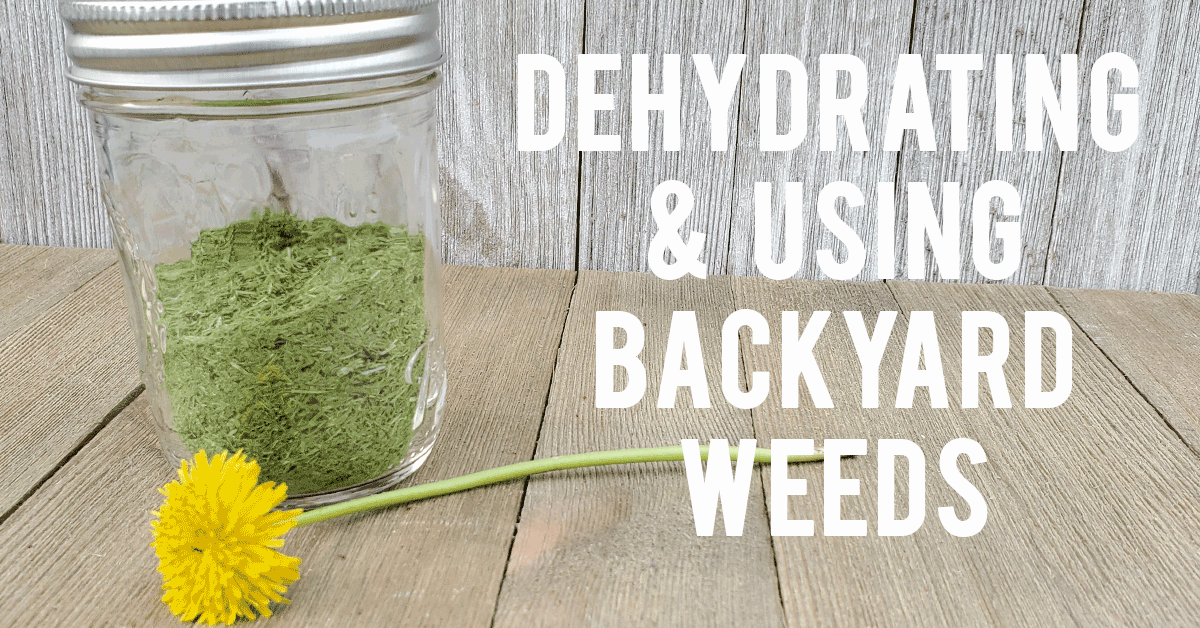
When spring broke through for us this year, I learned to look at what was in my backyard a little differently.
Of course, I knew dandelions were edible – and we foraged those leaves and flowers (once other things were blooming so that the bees had other food sources, too) for our rabbit.
But then I thought, what if we were able to forage other things for ourselves, too? And then I could dehydrate it to add to our pantry for seasonings and powders and extend the food we had!
So I began searching the yard for what grew naturally, that the rest of the neighborhood tried hard to get rid of because they weren’t ‘grass’.
10 Common Edible Backyard Weeds to Dehydrate
All of these plants (or weeds as our city calls them if not cut back enough for their liking) may not grow in your area. Be sure to check your local garden groups, extension services, and online resources to identify safe foraging options for you and your geographical location.
While we know that wild greens can be healthy for you, we’re not going to delve into the health benefits of each plant and what it can do for you.
What we will cover is what you can probably find, easily, and how to use it. Consult a doctor for any medicinal uses.
But before you get started, please only take and eat foraged items that you can identify without a shadow of a doubt! If you aren’t sure – don’t eat it!
Chickweed

As a common weed in most backyards, chickweed has a load of benefits:
The edible parts of chickweed are loaded with vitamins C, D, and B-complex as well as calcium, iron, potassium, magnesium, zinc, beta carotene, biotin, and PABA, according to Gardening Know How.
While fresh chickweed works great as a pesto, dried, it adds even more to your green powder which can be added to just about everything you cook.
Clover
With a sweet, spicy flavor, clover is great added to salads for a nice punch, but you can also dehydrate the leaves to add to your green powder.
We actually seeded clover into our landscape not long after we moved into our house. We love the early carpeting of green at the end of winter before our St. Augustine starts to show up. It also helps feed local wildlife. And we forage a ton of it for our pet rabbit to save the bigger greens for human consumption.
Dandelions

Flower Heads: dry the flower heads at 95°F/46°C and save to use for:
- Teas
- Dandelion Jelly (you can also use violet flowers for jelly, too)
Dandelion Leaves: Dry the leaves at 95F and use for:
Dandelion Roots: Dry the roots at 125F and use for:
- Dicing and cooking like other root vegetables
- Powdered for vegetable powder
- For teas for a coffee substitute
Lamb’s Quarters

Lambs’ Quarters is a ‘weed’ that can replace spinach in fresh salads. It’s prolific growth across the world.
Because, like kale, it contains oxalic acid, it should be steamed or cooked before eating in large quantities.
But with dehydrating, you can add it to green powder as with any green, and once it is cooked in a dish, that takes care of the oxalic acid, Thus, it does not need to be blanched before dehydrating.
Nettle
Also known as stinging nettle, dried nettle can be used as a base for herbal teas and powders.
Fresh can be used in place of many of the ways you use spinach.
Plantain
High in Vitamins A & C and calcium, plantain is a common ‘weed’ that is beneficial in hundreds of ways.
- Tea – dry for tea to be used as sunburn relief,
- Tea as a digestive aid in soothing stomach aches and bowel issues.
Purple Deadnettles

- Use the flowers plants for teas
- Use leaves for salves
Purslane
Purslane can be used to replace parsley in a recipe, or even used to thicken up a soup.
Purslane is considered a rich vegetable source of omega-3 fatty acids and antioxidants, including tocopherol, ascorbic acid, beta carotene, and glutathione. (from the National Library of Medicine)
Wild Onion Grass
With a taste that is grassy and a little spicy and a little oniony, this is great to replace chives or add to chicken salads, etc.
Both the greens and the bulb of wild onion grass can be preserved like chives.
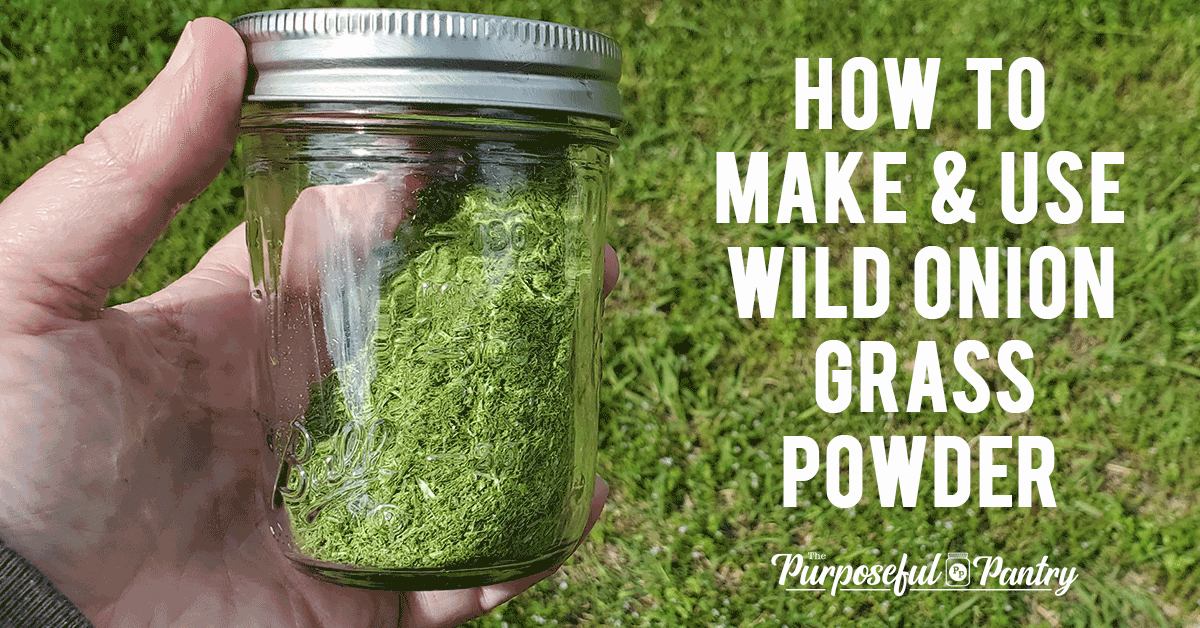
Wild Violets / Red Buds
- Use for teas and jellies.
- This is best to air dry rather than using a dehydrator.
- Use leaves to make soap.
Wood Sorrel
Amazingly similar to clover, wood sorrel is an edible green that is bitter and lemony flavored. It can be dried and used in green powder.
Because wood sorrel contains oxalic acid, please consult a physician when using other medications, and be careful about using it in high concentrations.
How to Dehydrate Weeds
Dehydrator Option: In almost all instances, dry your foraged weeds at the lowest temperature your dehydrator will go. 95-110°F is optimum.
Air Drying Option: If you cannot use a dehydrator at that setting, air-drying your foraged weeds is the next best thing to do. I find this handy mesh air drying rack to be beneficial for drying herbs and greens from the backyard.
TIP► 5 Ways to Dry Herbs even without a dehydrator
How to Store
Condition Your Dehydrated Greens
Once dried fully, you can condition your dehydrated greens to ensure proper humidity levels, and that no additional condensation is created.
If you see any moisture buildup, be sure to place back into your dehydrator to dry more, then condition again.
Store in Airtight Container
Store in an airtight container in a cool dark place for six months to a year.
You may see some decrease in color vibrancy over time. If you cannot open your container and immediately identify the dehydrated weeds, or cannot identify them by taste, then they are old and can be composted.
How to Use
- Use any greens to mix into your green powder
- Use for coloring pasta
- Make herbal teas
- Save for making salves
- Use in soapmaking
- Use in smoothies to help with seasonal allergies (much like using local honey pollen)
Tips for Safely Foraging Weeds
Forage Safely
If you do not know how the weeds were treated, or if they are next to large roadways, it’s best not to forage from these spots if at all possible. Toxic chemicals permeate the entire plant.
Save some for nature
Never forage until it’s gone – save some to allow nature to reproduce, and animals to have as well.
Do Not Trespass
Stay off private property that you do not have permission to be on.
Books About Medicinal Plants and Herbs
- Petersons Field Guide to Plants and Herbs
- Backyard Foraging: 65 Familiar Plants You Didn’t Know You Could Eat
PLEASE NOTE: Foraging can be a safe and healthy way of building your dehydrated pantry. But consult your doctor before using if you have any kind of medical condition that may be impacted by any particular weed. This information is used as an educational resource and should not replace medical advice for any condition that you have.
Even more foraging info:
25+ Edible Plants in the Spring


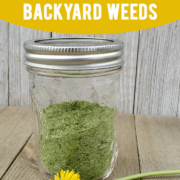
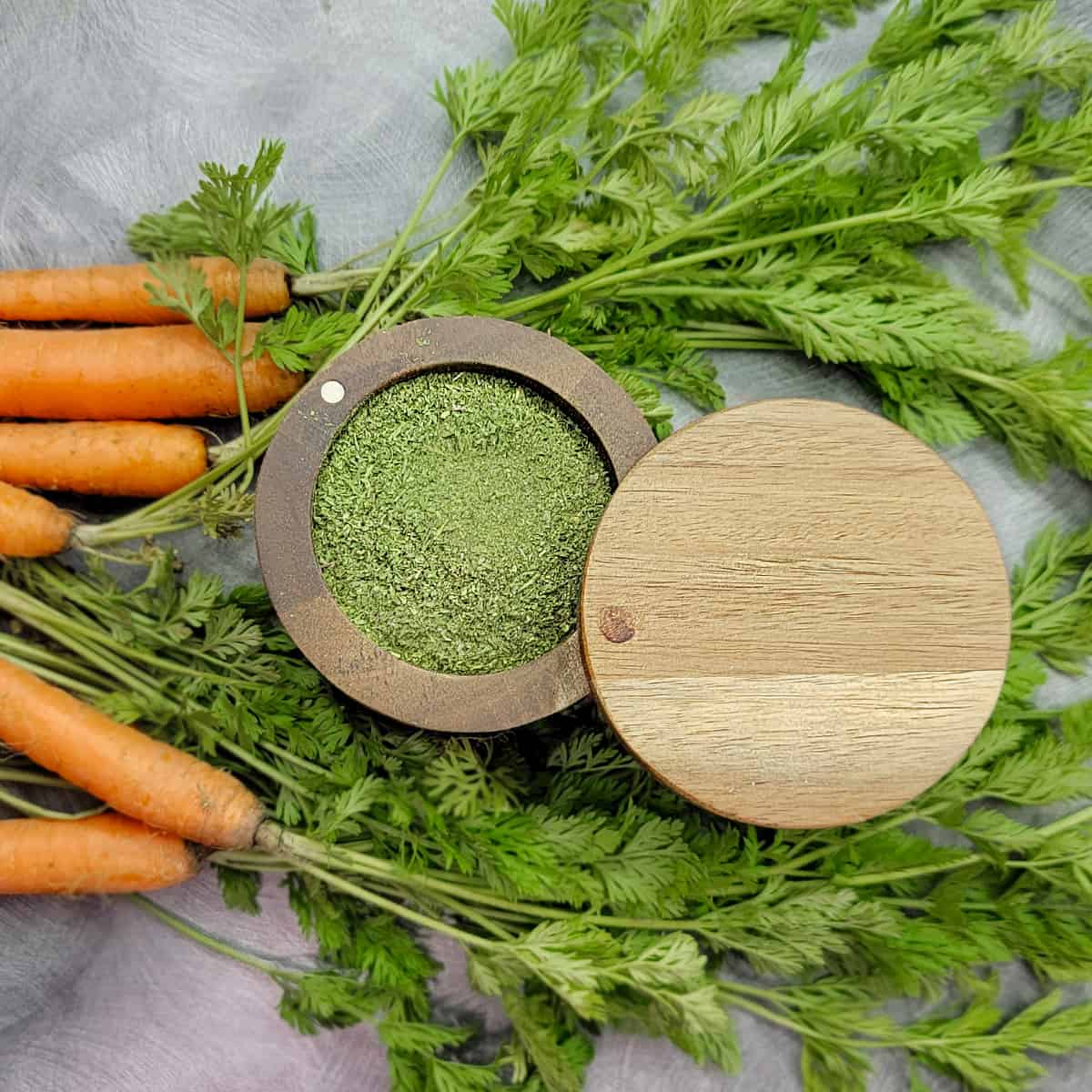
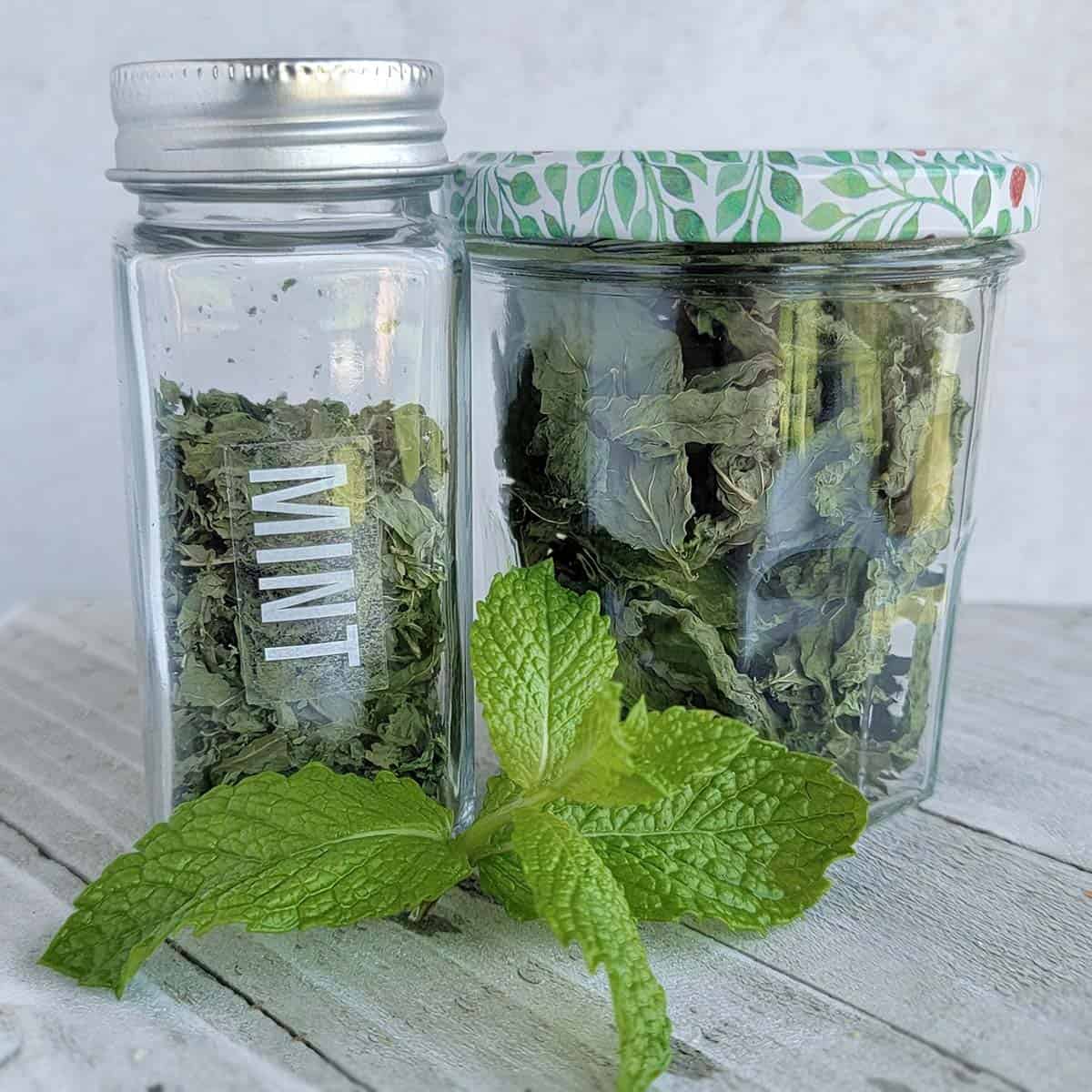
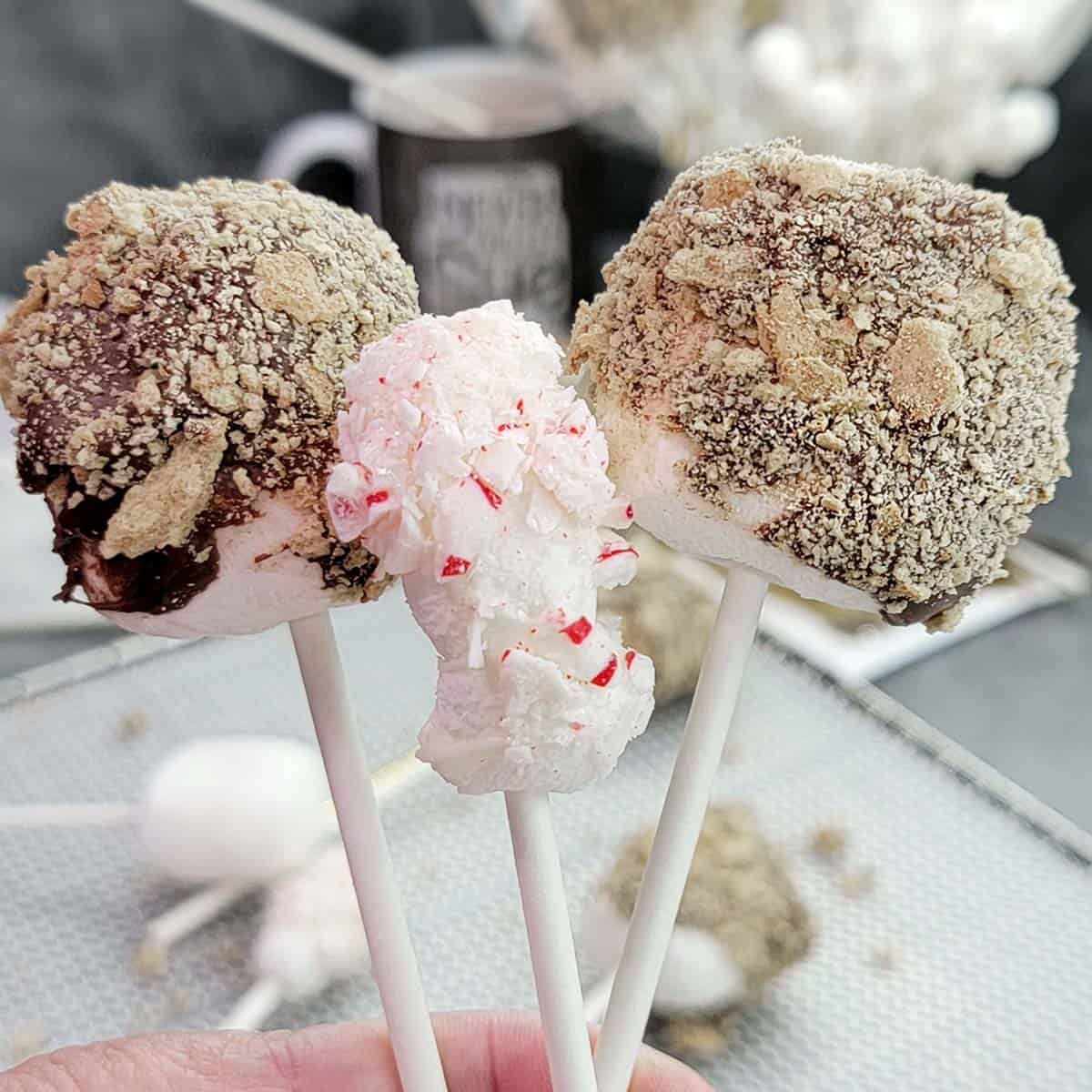
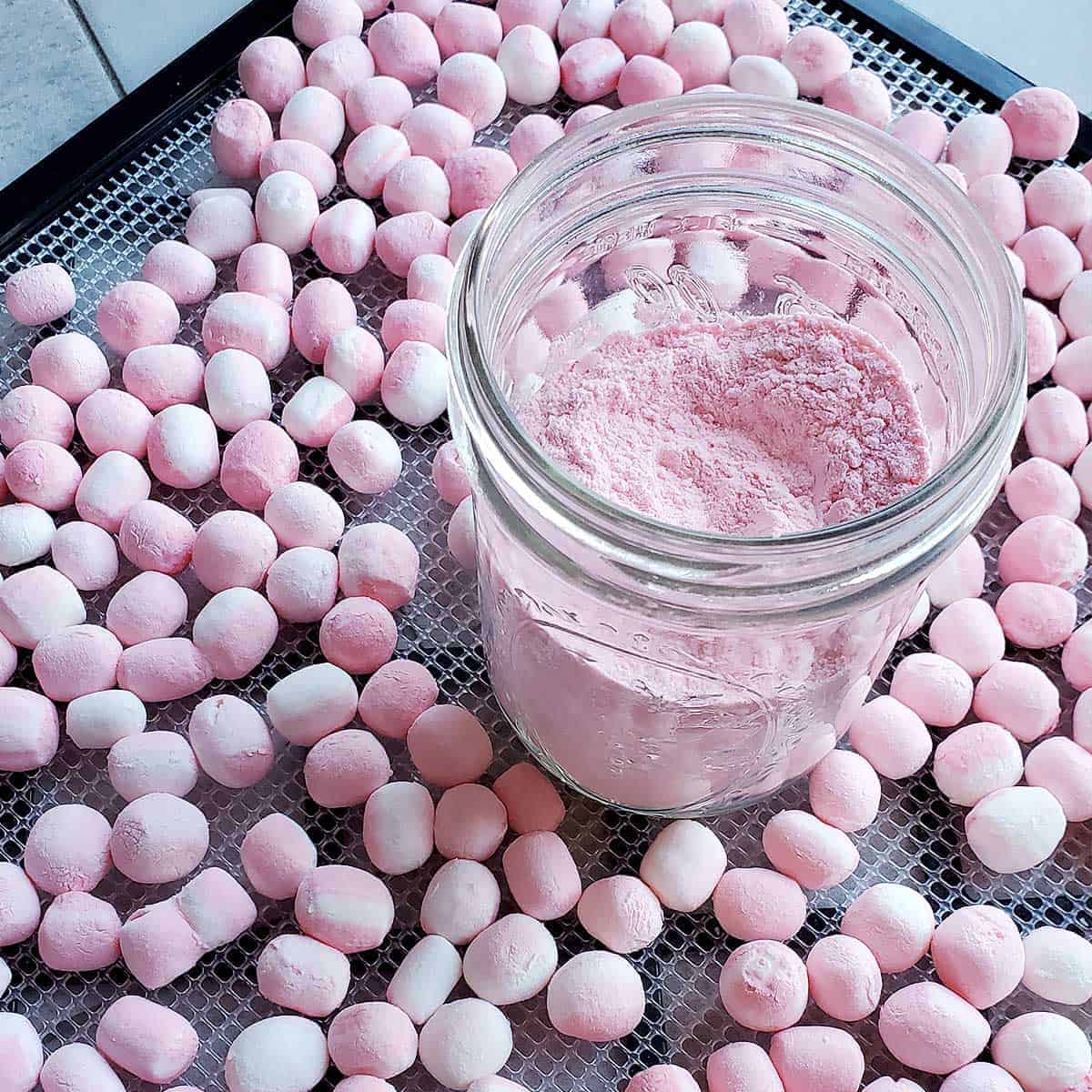
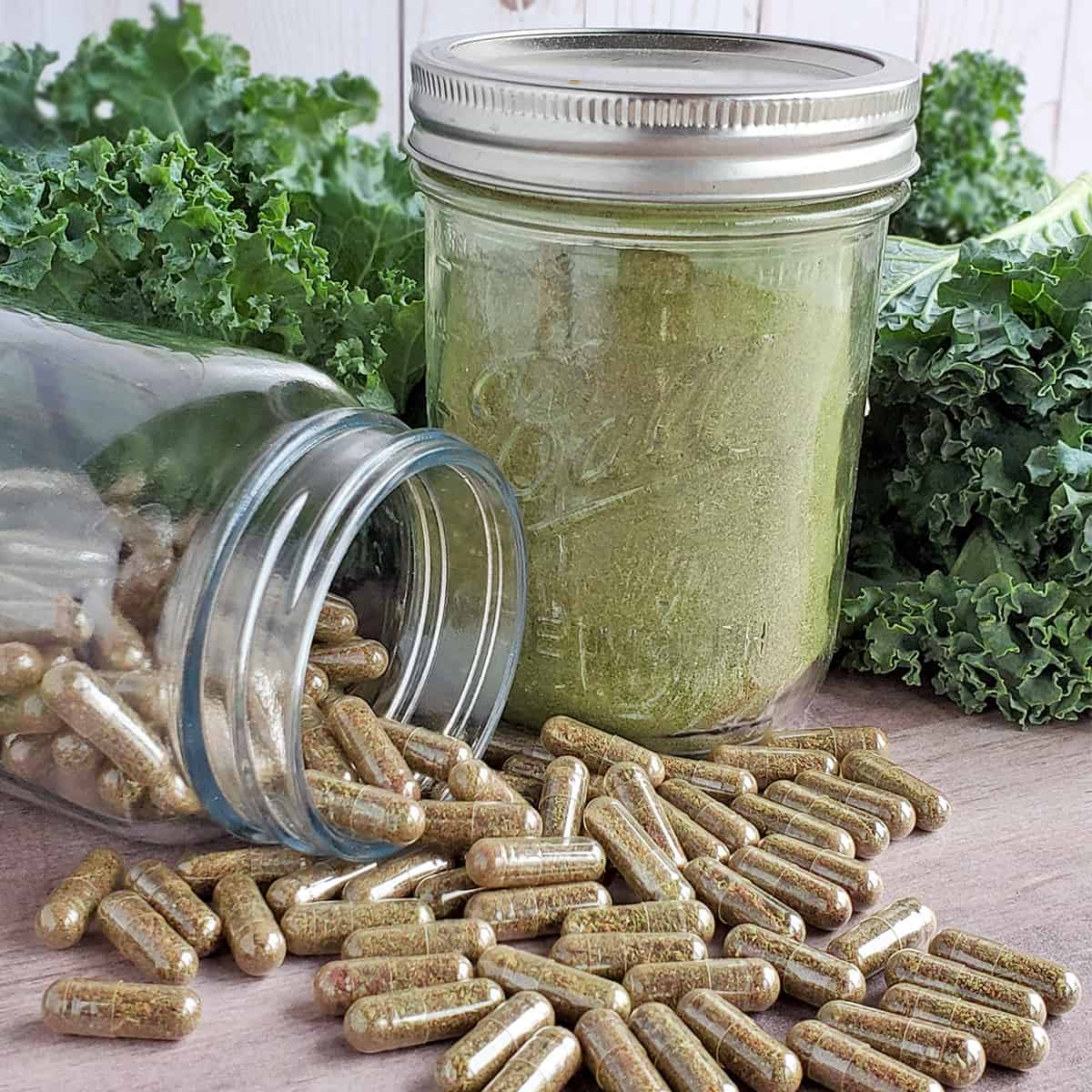
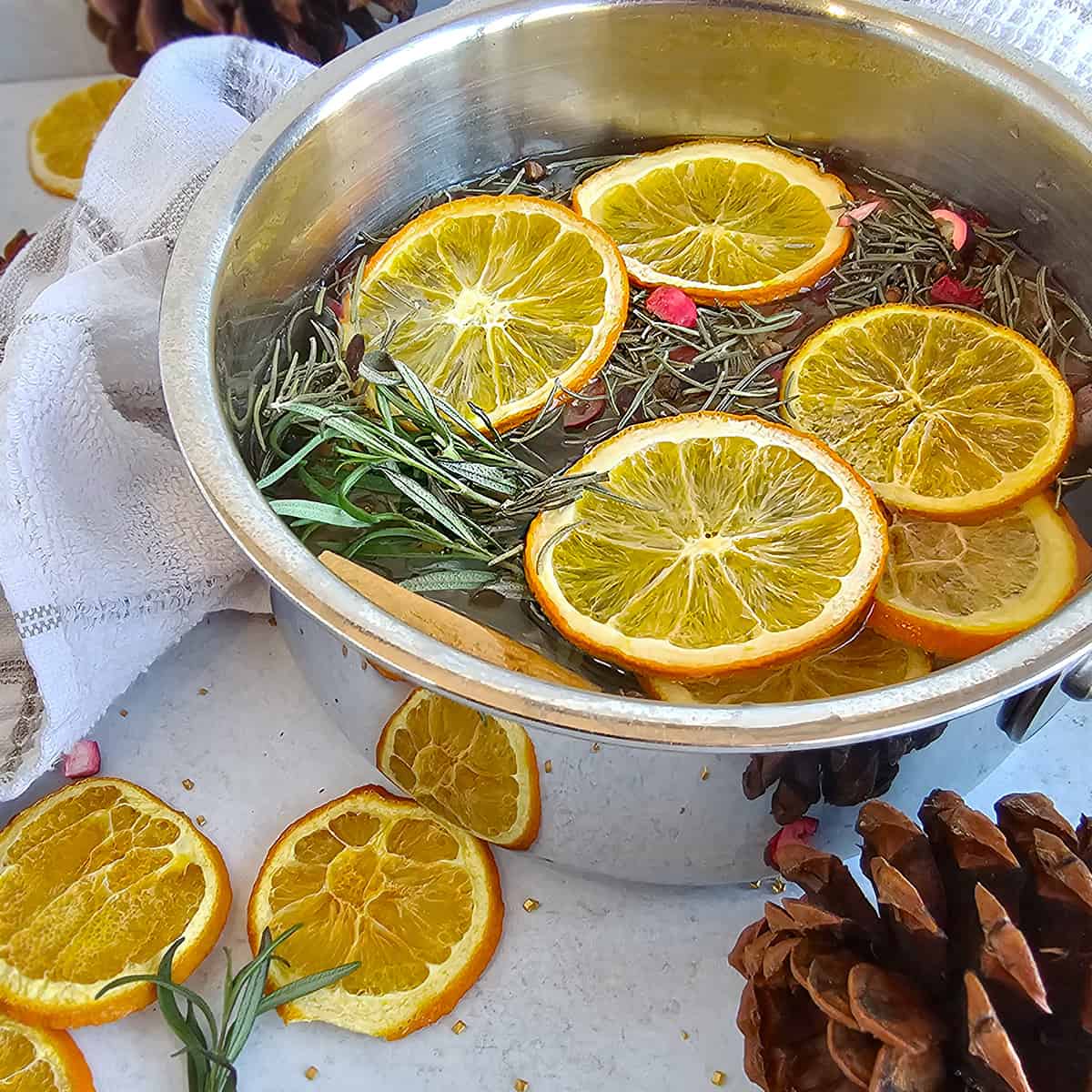
I have had some dehydrated kale in mason jars since 2017 and 2018. Are there any nutrients left or should I toss them? Appreciate any advice.
I personally wouldn’t use them. Just compost what you have and start again. Dehydrated foods generally have about a year or two good life but greens go a little faster.